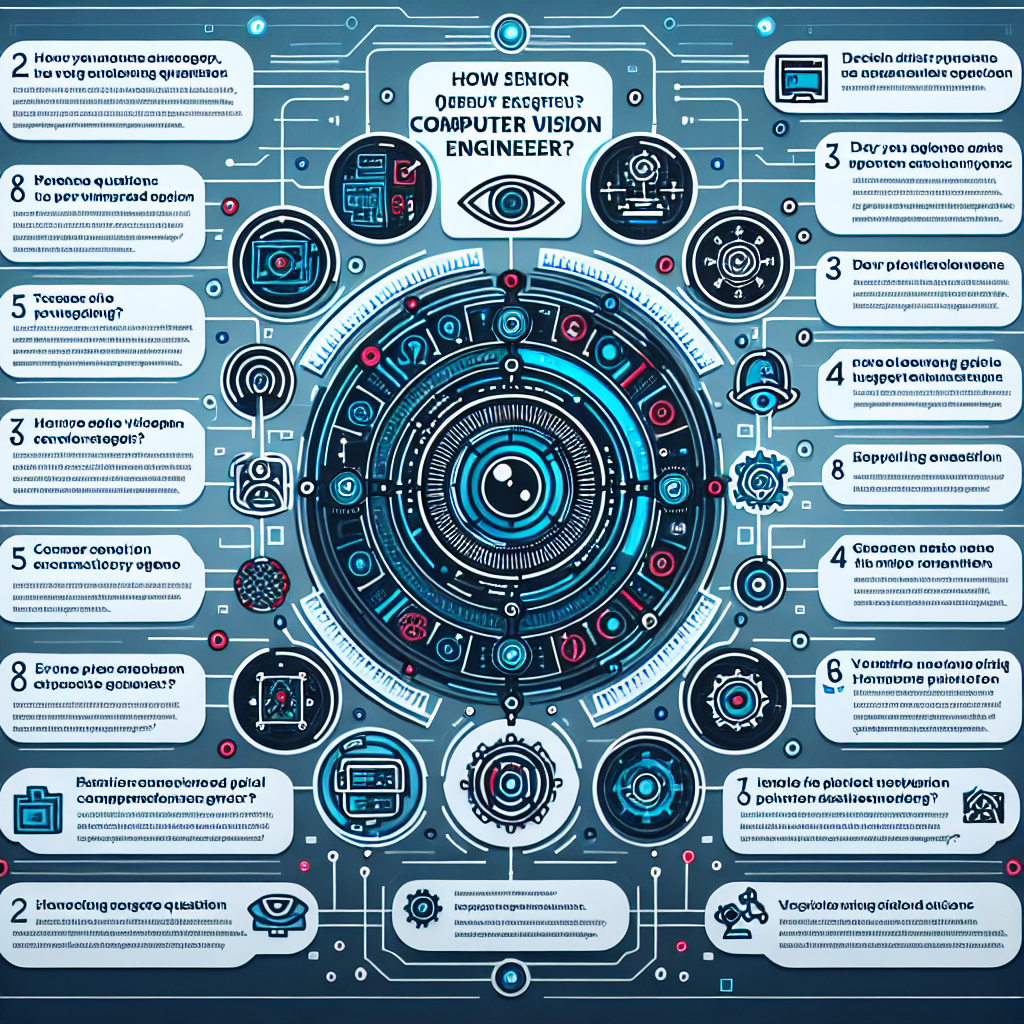Exploring Spatial Finance: AI-driven Risk Estimation, Asset Monitoring, and Claims Analysis
Exploring Spatial Finance: AI-driven Risk Estimation, Asset Monitoring, and Claims Analysis
In the world of finance, the integration of artificial intelligence (AI) and spatial analysis is revolutionizing risk estimation, asset monitoring, and claims analysis. This emerging field, known as Spatial Finance, combines geospatial data with advanced algorithms to provide valuable insights and improve decision-making processes.
AI-driven Risk Estimation
By leveraging AI and spatial analysis, financial institutions can now better assess and predict risks associated with various assets and investments. This technology allows for the identification of potential vulnerabilities and the development of proactive risk management strategies. Key insights include:
- Identification of high-risk areas based on geospatial data
- Real-time monitoring of environmental factors that may impact asset performance
- Improved accuracy in risk assessment models
Asset Monitoring
Spatial Finance enables real-time monitoring of assets, such as infrastructure, properties, and supply chains. By integrating geospatial data with AI algorithms, financial institutions can:
- Track asset performance and identify potential issues
- Monitor environmental factors that may affect asset value
- Optimize maintenance and repair schedules
Claims Analysis
AI-driven spatial analysis is also transforming the claims analysis process. By analyzing geospatial data and historical patterns, insurers can:
- Identify fraudulent claims more accurately
- Assess the impact of natural disasters on claims
- Streamline claims processing and improve customer experience
Summary
Spatial Finance, powered by AI and spatial analysis, is revolutionizing risk estimation, asset monitoring, and claims analysis in the financial industry. By leveraging geospatial data and advanced algorithms, financial institutions can make more informed decisions, identify potential risks, and optimize asset performance. This emerging field has the potential to transform the way financial institutions operate and improve overall efficiency and accuracy in the industry.







